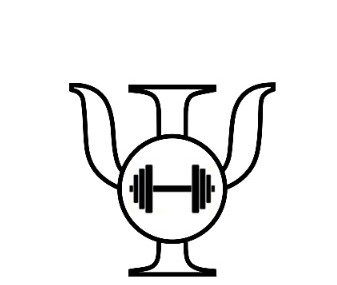Resistance training & longevity
The benefits of resistance exercise in maintaining muscle mass, strength & functional ability, particularly in older adults has become an important topic in recent years. Resistance exercise can improve physical performance, reduce the risk of chronic diseases, enhance metabolic health & promote longevity in not just the ageing population but those in any stage of life. Optimal frequency, intensity & duration of resistance training are the main factors influencing these health benefits in aging populations. Incorporating resistance exercise into lifestyle interventions aimed at promoting healthy aging and longevity.
A natural decline in muscle mass & strength, leading to decreased functional ability & an increased risk of disability & disease is more common than most expect. Resistance exercise, in particular strength training is highlighted by many qualified health & fitness bodies as a crucial intervention to counteract these age-related declines. By engaging in resistance exercise, older adults can maintain or even increase muscle mass, improve strength & enhance overall physical function, thereby preserving their independence & quality of life.
Recent research demonstrates the numerous benefits of resistance exercise for older adults. These benefits include improvements in physical performance measures such as walking speed, balance & stair-climbing ability. Resistance exercise has also been shown to reduce the risk of chronic diseases commonly associated with aging, such as cardiovascular disease, type 2 diabetes & osteoporosis. Additionally, resistance training can enhance metabolic health by improving insulin sensitivity & reducing visceral fat, which contributes to better overall health & longevity in all populations.
Through the review of various studies, optimal parameters for resistance training sessions targeting older adults include a frequency of workouts 2-3 times per week, intensity of exercise being moderate to high & the duration of each session being 45-60 minutes. The article also discusses the importance of progressive overload, whereby individuals gradually increase the resistance or intensity of their workouts over time to continue experiencing improvements in strength & muscle mass.
Based on the synthesis of available evidence, practical recommendations for older adults looking to incorporate resistance exercise into their lives include specific exercises targeting major muscle groups, guidance on proper technique & form & direction to gradually increase the intensity of workouts. By following evidence-based research, older adults can effectively harness the benefits of resistance exercise for healthy aging & longevity.
In terms of health & happiness, the earlier you start & the greater consistency you can have, the later you finish.
